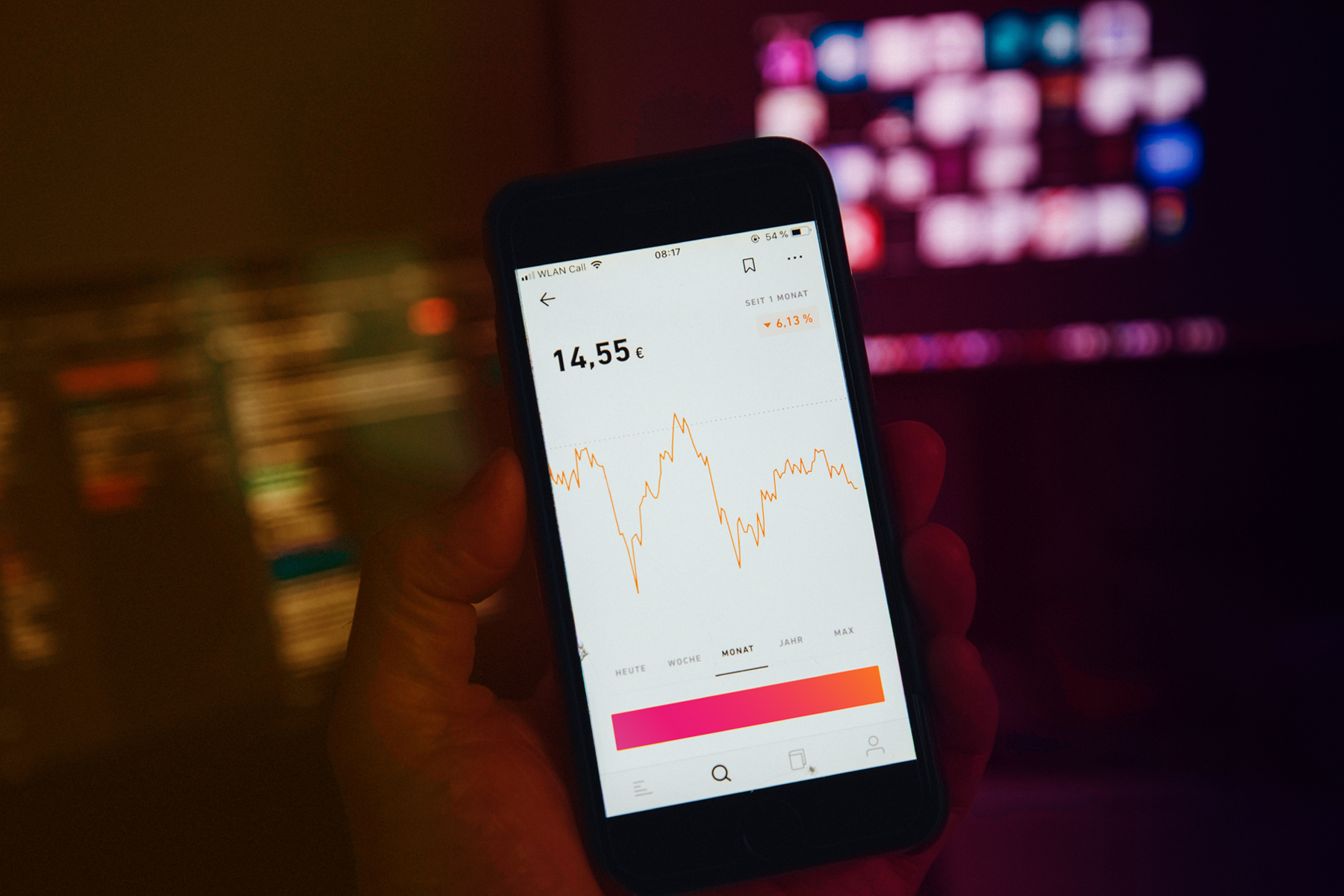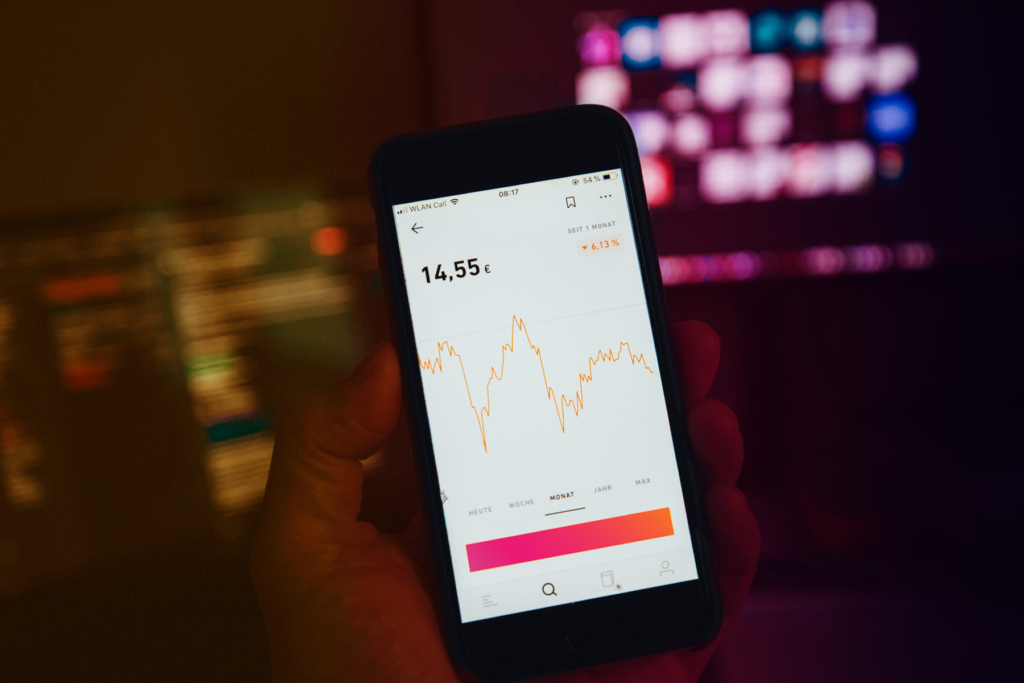The Evolution of the Banking Sector: A Journey Through Time
- 1960s : The first ATMs appear. At this time, banking interaction was primarily physical, with a pivotal role for bank employees and branches.
- 1990s and early 2000s :
The internet begins to change the dynamics. Online banking services emerge, reducing reliance on physical branches. Consumers can now check their balance and conduct simple transactions from their personal computers.
- Post-2008 period :
The financial crisis highlighted governance and regulatory challenges, accelerating awareness and adoption of more secure and transparent technologies.
- Present era :
Digitalization is accelerating at a rapid pace. The smartphone has become the new banking tool, and artificial intelligence, blockchain, and fintechs are redefining the landscape.
Today, according to Statista data, the global banking sector’s market capitalization was $14.7 trillion in January 2023. The top five banks in the world by market capitalization were:
- JPMorgan Chase (United States): $400.6 billion
- Bank of America (United States): $348.4 billion
- China Construction Bank (China): $330.7 billion
- Industrial and Commercial Bank of China (China): $327.3 billion
- Wells Fargo (United States): $297.7 billion
In France, the banking sector’s market capitalization was €277.5 billion in January 2023. The top five French banks by market capitalization were:
- BNP Paribas: €105.5 billion
- Crédit Agricole: €73.9 billion
- Société Générale: €20.2 billion
- BPCE: €17.4 billion
- Boursorama: €12.3 billion
Innovations and Potential Impact
- Banking as a Platform (BaaP) and Open Banking
The concept of Open Banking, according to a PwC study, represents a potential market of $7.2 billion by 2023. This model fosters synergy between traditional banks and fintechs, allowing for a wider and more tailored range of services.
Open Banking enables banks to share customer data with third parties, such as fintechs, with customer consent. This allows fintechs to develop new innovative financial products and services, which banks can then offer to their customers.
BaaP goes even further than Open Banking. It is a model in which banks become platforms enabling other companies to offer financial services to their customers.
For example, a bank could provide a platform to merchants, allowing them to offer financial services to their customers, such as online payments, consumer credit, or savings.
Open Banking and BaaP have the potential to revolutionize the banking sector by enabling banks to offer new innovative products and services to their customers, and by reducing costs for banks and consumers.
- Artificial Intelligence (AI) and Big Data
Accenture estimates that AI could add $1.2 trillion in value to the financial services sector by 2035. Banks are increasingly investing in data analytics solutions to personalize services, improve compliance, and reduce risks.
AI can be used to personalize banking services based on each customer’s needs. For example, a bank can use AI to recommend financial products and services tailored to each customer, or to create personalized financial plans.
AI can also be used to improve compliance and reduce risks. For example, banks can use AI to detect fraudulent transactions, or to assess the credit risk of borrowers.
- Blockchain and Securing Systems and Data
According to Markets and Markets, the blockchain market in the banking sector is expected to reach $4.6 billion by 2026. Blockchain, by its decentralized nature, strengthens the security of transactions and data.
Blockchain can be used to secure banking transactions, customer data, and banking systems. For example, banks can use blockchain to create more secure payment systems, or to store customer data more securely.
Regional Developments and Social Evolutions
- Rapid Development of ePayment in Africa
The mobile payment revolution in Africa, notably M-Pesa in Kenya, has shown how innovation can surpass traditional banking infrastructures. Africa saw a 75% growth in mobile transactions between 2018 and 2020.
The rapid development of ePayment in Africa is due to several factors, including high smartphone penetration and the lack of traditional banking infrastructures. ePayment allows Africans to access basic financial services, such as sending and receiving money, paying bills, and making online purchases.
- Commercial Targets and Evolution of Social Behaviors
The widening gap between the rich and the poor is redefining banks’ commercial targets. While private banking services see a 20% annual growth, a large number of low-income individuals are excluded from basic banking services.
Banks must tailor their offerings to the needs of different customer segments. For example, they can offer specific financial products and services to low-income individuals, such as microloans or low-cost bank accounts.
Towards Social and Financial Inclusion
- The Role of Banks in Reducing Inequalities
The figures show that 1.7 billion people worldwide do not have access to a bank account. As key players, banks have a moral and commercial duty
- A Militant Perspective
The banking sector has undergone significant transformation in recent years, and the process is accelerating. A McKinsey study estimates that digital technology adoption in the banking sector has grown by 20% between 2015 and 2020.
This rapid growth in finance overall should not overshadow the fact that global debt has now exceeded $300 trillion and, as emphasized by the G20, the global economic system is creating richer rich, poorer poor, destroying the global middle class, resources, and ecosystems while exacerbating climate change.
The world is facing civilization challenges that banking cannot escape. Like many sectors, it stands at a crossroads between a more responsible world or a world that will definitively sink into the excessive financialization of all aspects of our lives and the living.
The ongoing revolutions require reflection on the bank of tomorrow involving all stakeholders, including professionals, citizens, and policymakers. These reflections must lead to strong and concrete decisions and measures to transform the sector.






